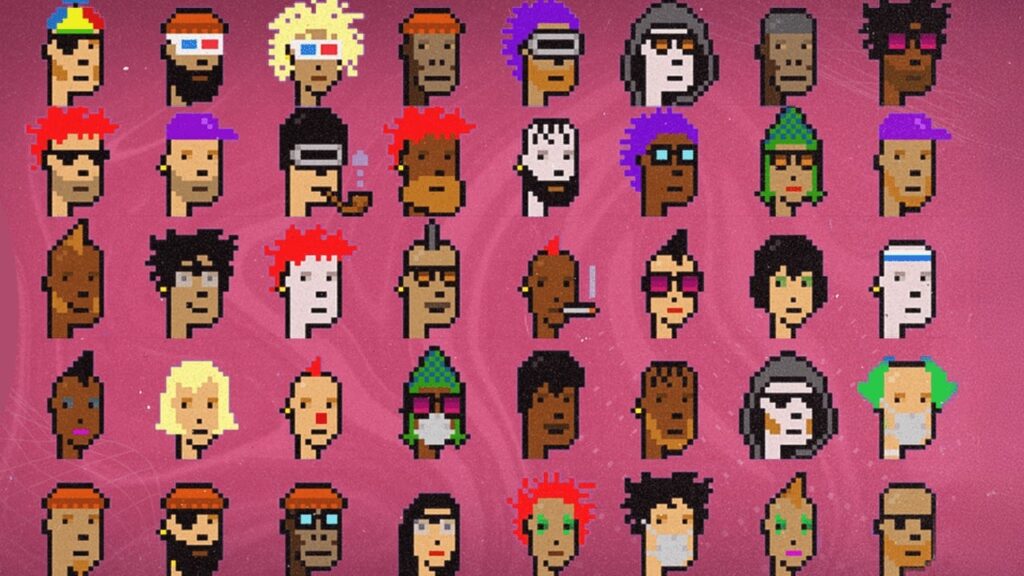-
NFT sales surge hits 90.74% in a single week, generating $179.48 million globally.
-
Ethereum NFTs led with $67.72 million in sales, followed by Bitcoin NFTs at $59.96 million.
-
Collections like Bitcoin BRC20 and Cryptopunks saw significant growth, with sales increasing by 165.96% and 665.29%, respectively.
The recent NFT sales surge has captivated the global digital economy, showcasing remarkable growth in the market. From November 9 to November 16, total sales reached an astounding $179.48 million—a staggering 90.74% increase from the previous week.
This explosive growth highlights not only the increasing interest in digital collectibles but also their growing significance as a viable economic avenue for artists and creators worldwide.
The NFT Sale Surge and Its Implications for Africa
Sales Overview
The NFT sales surge was marked by impressive figures across various blockchains: Ethereum NFT sales led the charge with $67.72 million generated, representing an increase of 126.79%; with Bitcoin NFTs close behind, accounting for $59.96 million generated – representing growth of 127.22%.
Collectible sales at Solana auction houses experienced extraordinary growth of 91.88% year over year to reach $24.39 Million (+91.85%).
Also, Read: August 2024 NFT Market Crash: Examining the 41% Sales Decline and Future Prospects.
At this period’s high point were collections like Bitcoin BRC20 and Cryptopunks which witnessed incredible market growth rates: Bitcoin BRC20 reached sales of $28.14 Million (+165.96%) while Cryptopunk sales witnessed incredible surges of 665.29% to reach $23.17 Million sales figures.

NFT market growth in 2024 was demonstrated by notable, high-value transactions that captured global attention, such as when an Ethereum-based Wise Lending NFT sold for $678,379. This shows just some of the potential financial rewards within this burgeoning sector.
Blast stands out among this dynamic landscape as one of the key contributors, showing continuous innovation within the NFT space and how diverse ecosystems can thrive despite increased competition.
The Growing Acceptance of Digital Collectibles
Broader Market Trends
The recent Bitcoin price surge has recently shifted the attention of investors to other Web 3 Projects. For instance, the industry has experienced a significant NFT sales surge, showcasing improved engagement across several platforms. In addition, the nature of NFT allows for a much broader use case aside from the tech-savvy.
In particular, Ethereum NFTs and Bitcoin NFTs have emerged as pivotal forces driving market dynamics. While Ethereum is renowned for its robust ecosystem supporting projects like Cryptopunks, Bitcoin NFTs introduce unique characteristics that broaden their applications.
This versatility allows NFTs to serve diverse purposes—from art ownership to financial innovations—contributing to overall NFT market growth in 2024. As this evolution unfolds, the economic empowerment potential of these digital assets becomes ever clearer.
How Africa Can Benefit from the NFT Sales Surge
For African artists and creators, leveraging the current NFT sales surge presents unprecedented opportunities to monetize their work on a global scale. By drawing parallels with successful initiatives like cryptopunk sales, local efforts can gain international traction if they are effectively marketed.
Blockchain technology serves as a powerful enabler for innovative African startups aiming to cater to the global NFT market through both Ethereum NFTs and Bitcoin NFTs. These technologies provide fertile ground for entrepreneurs looking to disrupt traditional business models with novel solutions.
Platforms driven by anticipated NFT market growth in 2024 can offer new avenues for underbanked populations across Africa to access essential financial services. This can potentially transform wealth creation dynamics through digital collectibles, enabling more equitable economic participation.
Challenges and Opportunities Ahead
Africa’s NFT market has faced several hurdles during its long journey. From lack of information and awareness to complex tools, these factors have hindered the prosperity of African NFT artists, but what has been a major issue from the start is regulatory uncertainty.
The lack of clearly defining laws has crippled major Web 3 projects over the years, heavily affecting their adoption rate.
Lack of education about blockchain technology, poor Web 3 infrastructure, and Internet access have hindered user participation.
These obstacles also offer unique opportunities for growth. By encouraging African creators and investors to explore both Bitcoin NFTs and Ethereum NFTs, there could be increased financial empowerment within local markets.
As NFT sales rise globally, exemplified by success stories like Cryptopunks, Africa stands to benefit by harnessing this momentum. Promoting innovation and raising awareness could pave the way for an active NFT scene as we approach 2024.
Conclusion
African creators and investors must actively take part in shaping this latest NFT sales surge–both financially and innovatively. Cryptopunk sales demonstrate its immense potential as evidenced by successful global trends such as this recent NFT surge.
African communities that adopt digital collectibles will open themselves up to new economic possibilities while simultaneously reinforcing creativity and technological progress, positioning Africa as an influential player in an expanding marketplace fueled by rapid advances in blockchain technology and an expected fivefold NFT market growth by 2024.
